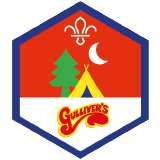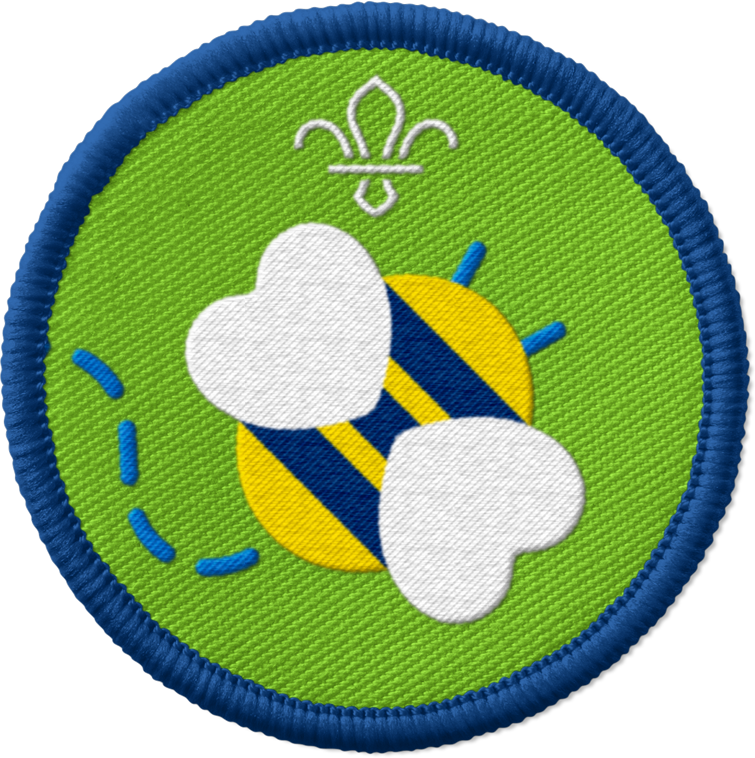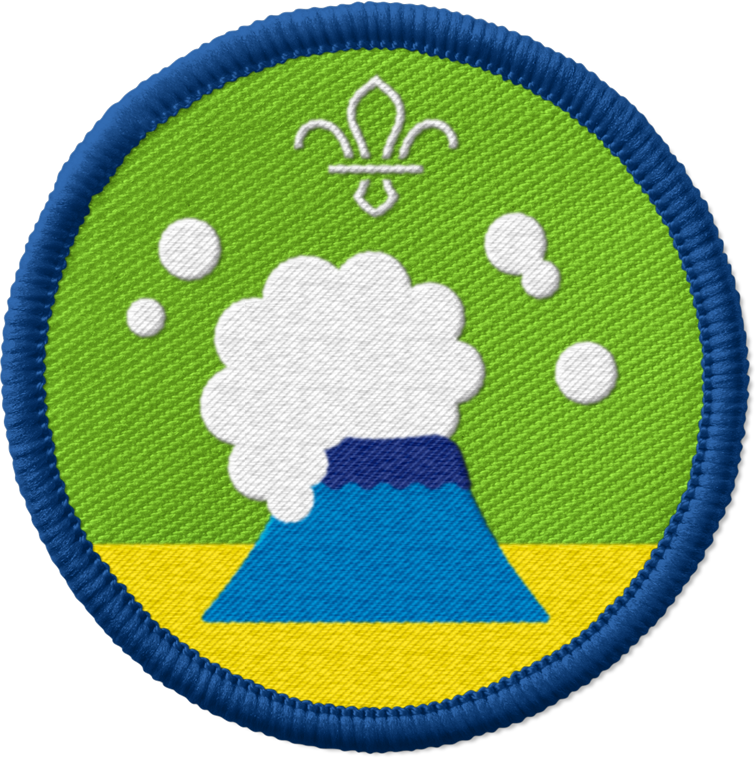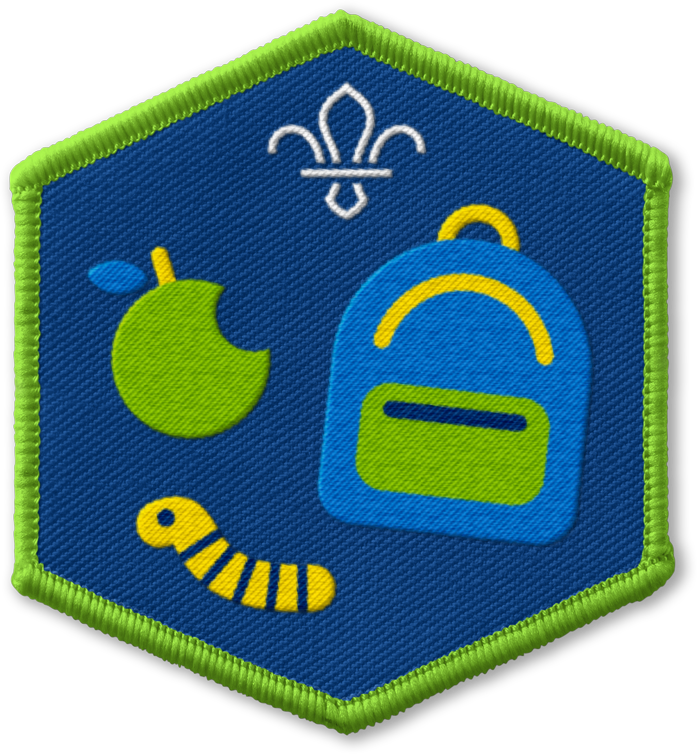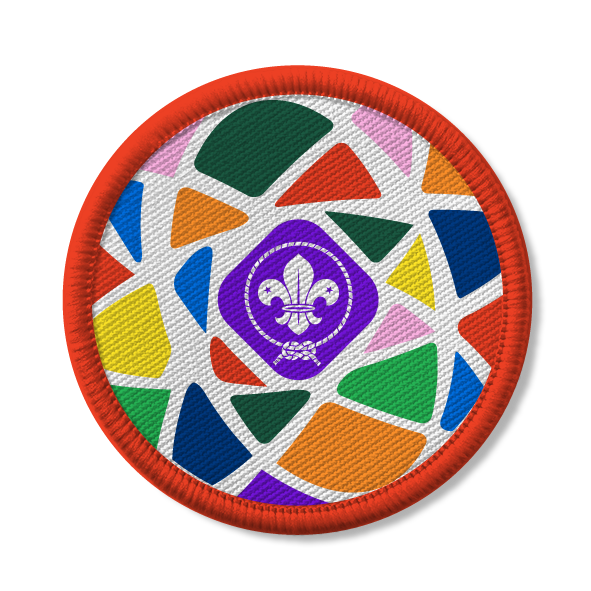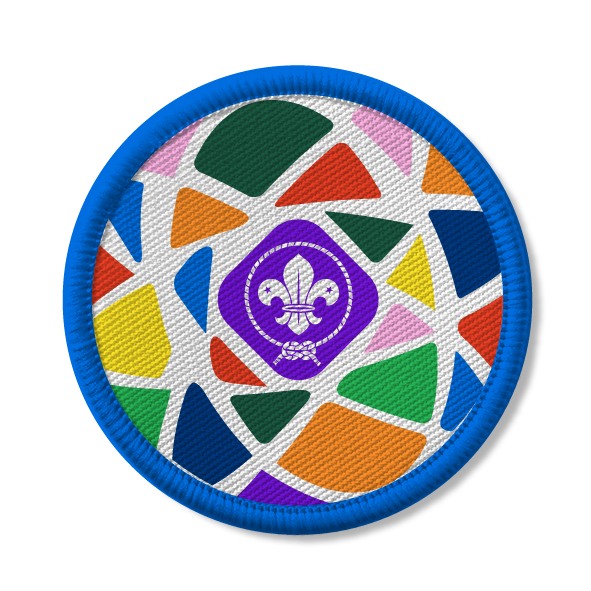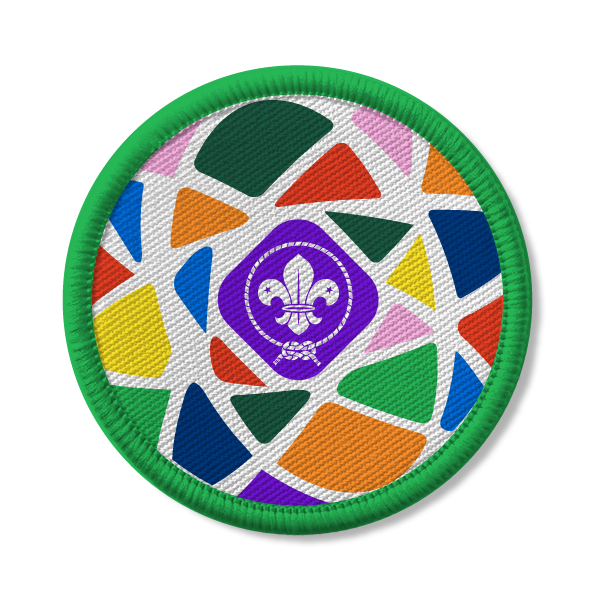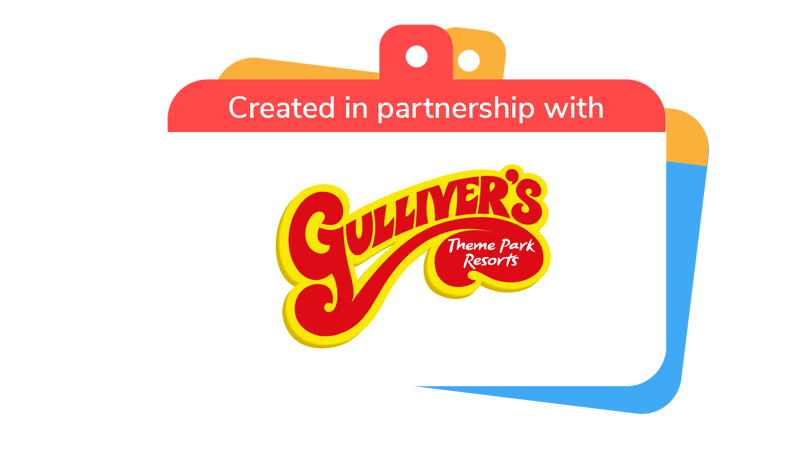
Nature detective
You’ll need
- Pens or pencils
- Binoculars (optional)
- Viewing jars (optional)
- Magnifying glasses (optional)
Try this at Gulliver's Theme Park Resorts!
Thinking of running this activity? Well, why not try it during a trip to Gulliver's Theme Park Resorts with your group. Whether you are there for a Scouts Takeover weekend, or heading out on a group visit with just your troop, this activity can be a great addition to your trip programming.
Learn more about the partnership hereThis activity can be completed over a series of walks or outings depending on seasons and where wildlife lives.
Before you begin
- Find out the best places to spot wildlife in your local area.
- Invite parents or carers, adult helpers or Young Leaders to join your visit.
- Make sure everyone brings the right clothing, such as sturdy shoes or wellies.
- Print out the relevant detective sheets and take any wildlife-spotting kit.
Be nature detectives
On a walk or outing in the local area:
- Head out to a local wildlife space where everyone can see different animals, insects, fish or birds. The person leading the activity should take the relevant detective sheets to learn more about what the group will see.
- Everyone should look around for the kinds of food animals or insects might eat and the places they might live.
Reflection
This activity helps everyone focus on local wildlife and to find out more about habitats and diets. Everyone should chat about what they saw and what they learned. What were the highlights? Talk about how it’s important to care for habitats so wildlife can thrive undisturbed. What can everyone do to help? Suggestions might include planting more bee and butterfly-friendly flowers, not dropping litter and leaving outdoor areas undisturbed.
Safety
All activities must be safely managed. You must complete a thorough risk assessment and take appropriate steps to reduce risk. Use the safety checklist to help you plan and risk assess your activity. Always get approval for the activity, and have suitable supervision and an InTouch process.
- Outdoor activities
You must have permission to use the location. Always check the weather forecast, and inform parents and carers of any change in venue.
- Animals and insects
Be aware of the risks before interacting with animals. Be aware of anyone with allergies, and make alternative arrangements for them.
- Gardening and nature
Everyone must wash their hands after the activity has finished. Wear gloves if needed. Explain how to safely use equipment and set clear boundaries so everyone knows what’s allowed.
- Near water
Manage groups carefully when near water. The guidance on activities near water will help you to keep your group safe.
Start by asking the group to spot one or two species off the detective sheets, and add in more on future trips. You could also select some species to focus on, finding out more about them, including their behaviour and breeding habits.
Choose an outdoor space that’s easy to get to and accessible for everyone.
All Scout activities should be inclusive and accessible.
Extend your time outdoors; let the young people tell their carers or parents what they discovered or invite along a local gardening or conservation club to help with the session. This will help you work towards your Explore Activity Badge.
